Bleaching sounds like an easy way to remove color pigments from the hairs. But if you have ever done the bleaching process, you must know how tough it could be to deal with bleached hair. Whether you go to a hairstylist for hair coloring or do it yourself at home, almost every hair-lightening product has a certain amount of bleaching agent.
Hair coloring without bleach might not come with the perfect results, but if you want to get the most perfectly colored tresses, you have to make your hair go through the bleaching process. Although bleach works great in lightening hair strands, it could be your worst nightmare because bleach is the harshest chemical treatment you could ever give to your hair. After the bleach is washed, your strands will be lighter in the shade and appear brassy and harsh like straws. This strong chemical treatment makes your hair locks weak and brings unmanageable frizz. These are just a few drawbacks of hair bleach, and you may expect a lot more damage from using bleach which, in some cases, is irreversible and leaves your hair completely dehydrated.
After knowing the potential side effects of bleaching, if you still want to go through the process to get those celebrity-inspired hair tones, you must be very careful after bleaching your hair. You need to take extra measurements so the harshness of bleaching is not left on the hair for longer.
In this blog post, we have penned down some amazing tips to make bleached hair soft and silky by protecting your hair cuticles from the harmful effects of bleach.
How Does Bleach Damage the Hair?
Our hairs have a protective layer of cuticle that is based on proteins. After the hair goes through the harsh bleach treatment, the cuticle is damaged to the extent that its moisture is completely lost. Melanin, which is a color-giving pigment to the hair, is lost under the application of a bleaching agent. The alkaline agents in the bleaching open the hair cuticle, so the bleach may get into the deep layers of the hair to work on the melanin. As a result, the hair‘s natural color is lightened to allow your desired hair color to penetrate into it.
The hair’s natural oils are lost due to hair bleaching, which makes hair prone to breakage. You should watch out for a few signs in your hair after bleach to save them from prolonged and irreparable damage.
- Your hair starts tangling more often and breaks a lot while brushing.
- It takes a lot of time to dry your hair after showering.
- The hairs start looking extremely dry and do not respond to hair-nourishing masks and oils.
- The split ends start expanding throughout the hair strands.
- Even after washing your hair, they look dull and brassy.
If you observe any of these signs in your hair after bleach, do not avoid these, as any avoidance may result in permanent damage to the hair that can only be recovered through cosmetic procedures.
Tips to Make Bleached Hair Silky and Smooth
There are some useful tips to regain your shiny and manageable hair, but you need to be patient as these tips show results only after following them consistently.
Avoid Heat Treatments
Bleach makes hair dry and weakens its roots; if you add heat stress, your hair will suffer through irreversible hair damage. While you have made your hair go through the harsh treatment of bleach, you can still control some degree of possible damage by not treating your hair with heat. Avoid using a hair dryer as much as possible, and use the hair styling tools only in the lowest temperature settings. Do not forget to use heat-protectant serums and sprays to reduce the damage.
Prioritize your Haircare Routine
Hair stylists have always put emphasis on treating hair with nourishing oils, serums, and masks to keep your hair healthy and smooth forever. Although following a proper haircare regime is important for everyone, using the right haircare products becomes even more important for bleached hair. A deep conditioning hair treatment you can even follow at home provides the bleached hair with the nutrients it may have lost during the process. The effects of bleaching and heating can be minimized by holistically following a deep-conditioning hair routine that nourishes and moisturizes the hair shaft and helps to regain its smoothness. Hair masks in the market contain ingredients like shea butter, argan oil, and coco oil, which are highly effective in hydrating the hair and restoring its natural oils. Apply the hair mask of your choice and cover your head with the cap so the moisture gets deep into the hair cuticle.
Use Essential Oils
Oiling is the best treatment that you can give to your bleached hair. To combat the side effects of bleaching, you must apply oil to your hair regularly to control the frizz, lock in moisture, and repair the dead ends. The oils such as almond, argan, olive, and coconut oil help restore your hair’s natural shine and speed up the rebuilding of hair cuticles.
Avoid too Much Sun Exposure
As your hair has already undergone the harshness of bleaching, refrain from exposing it to more damage. The sun’s UV rays are as damaging to the hair shafts as the heat from the hair styling tools. Try keeping your hair away from sun exposure, as the extreme sun heat damages the bleached hair strands and affects the scalp’s moisture. To protect your bleached hair from further damage from the sun’s rays, invest in products that contain SPF, or you may also use an SPF-containing hair spray before going out.
Avoid too Much Chlorine
Undeniably, chlorinated water is extremely damaging to the hair. When the bleached hair comes in contact with the chlorine, it leaves in a grayish hue or brassy blonde tone. If you plan to shower in the pool water, rinse your bleached hair thoroughly with cool water. Do the same after you come out of the chlorinated pool to wash out the damage caused due to chlorine. Wear a hair cap before entering the swimming pool if you have freshly bleached your hair.
Hair Trimming
Split ends are a common issue faced as a result of hair bleaching. Fortunately, you can always trim your hair to stop the split ends from expanding. Ask your hair stylist to trim 3 to 4 inches of your hair to reduce the damaged look of your bleached hair.
Protein Treatment
Protein is the best thing you can provide for your hair. When the bleaching process loses the hair’s natural protein, it weakens hair strength and damages each hair lock, resulting in frequent hair fall. To ensure enough protein supply to the hair, go for professional hair protein treatments to restore hair’s natural shine and strength. Keratin and collagen treatments help seal the cuticles so the hair may not lose its natural shine. These protein treatments help repair brittle and damaged hair and make them look shiny and smooth for longer.
Use Leave-in Hair Conditioner
The benefits of leave-in hair conditioners are proven over time, and their ability to lock in shine for longer makes them a vital product for bleached hair. The leave-in hair conditioner ensures that the hair color stays in your hair strands, so you don’t have to go through the process of bleach repeatedly. Their composition controls the hair frizz and does not let the shine and moisture fade away.
Avoid too Much Hair Brushing
You might have heard that brushing your hair makes them healthy and longer, but frequent brushing results in more breakage on bleached hair. Most of the time, we do not detangle our hair properly, and brushing on these detangled hairs brings more harm than good. Try to detangle your hair using your fingers or wide comb, and then brush these to style as you want.
Use Hydrating Shampoo and Conditioner
The most important thing to take care of after bleaching your hair is using the right shampoo and conditioner. The shampoos which are manufactured especially for colored hair work great in retaining the color in the hair strands, and also, they manage the brassiness that results from bleaching. Adding hydrating shampoo and conditioner into your haircare routine adds additional benefits, depth, and vibrance to your hair. You may choose the hydrating shampoo in its regular or sulfate-free variety according to your hair needs. The best part about using a hydrating shampoo is that it strengthens your hair shaft so they do not break more often after bleaching.
Use Silk Pillowcases
Have you ever noticed how much damage your regular cotton pillowcase has produced to your hair? Cotton can soak moisture from your hair, making them fragile and brittle. If you want to prevent your bleached hairs from frequent breakage, try using pillowcases made of satin or silk, as this material works great in protecting hair from frizz and does not absorb moisture from your hair. Using satin pillowcases makes less hair follicle bunching, resulting in less frizz.
Use Microfiber Towel
This might sound insignificant change in your routine, but using a microfiber towel is really good for controlling the frizz from bleached hair. It is great as an anti-frizz solution and also controls hair breakage.
Bottom Line
Hair loss and damage after bleach are not unusual, and you should be ready to witness the brassiness and dryness post-bleaching. However, you can try several methods to restore the strength and flexibility of your hair strands if you have bleached your hair. It could take some time for your hair to regain its natural strength and texture, so you need to be really patient with the results. Stick to a regular hair care routine that restricts heat treatment, includes a moisturizer, and uses sunscreen to recover from the side effects of bleached hair.
Frequently Asked Questions (FAQs)
Why does the hair look brassy like straw after bleaching?
Bleaching removes the natural oil from the hairs, making them look brassy, dry, and damaged. The chemical used in bleach severely rips off the hair cuticle and leaves your hair more prone to breakage.
Which oils can help nourish my bleached hair?
Coconut oil, Jojoba oil, Argan oil, and Olive oil have proven benefits in nourishing damaged hair after bleaching. These oils provide hair with the nutrients and moisture that they need after going through the harshness of bleaching.
How much time does it take for the bleached hair to soften again?
Depending on the hair type, it takes almost 2 to 3 weeks for the bleached strands to become soft again. If the bleach has damaged your hair severely, you may need to take extra care to ensure your hair’s health. In case of long-lasting damage when nothing works, the only option left is the professional cosmetic treatment for the damaged hair.
Can bleached hair come back to its original color?
The bleached hair can’t go back to its original hair color unless you apply the same color to your hair again. The bleached hair color does not go away from the hair until you cut down the bleached strands or color your hair again.
Which hair colors look best after bleach application?
Our most recommended hair colors, which look best after beaching, are Salmon pink, Aqua, Strawberry Blonde, and Dark Ash Gray.
Is it a bad idea to bleach my hair?
Bleaching brings irreparable damage to the hair cuticle. Not does it damage the hair follicles, but it also damages the hair’s internal composition, making them dry and more prone to breakage. You might bleach your hair if you are ready to bear healthy hair loss.
How many times should I bleach?
Bleaching brings a lot of side effects which is it is recommended not to bleach your hair more than once in 2 to 3 months. After you have applied bleach to the hair, give your hair time to rest and combat the damage done due to the bleaching process.
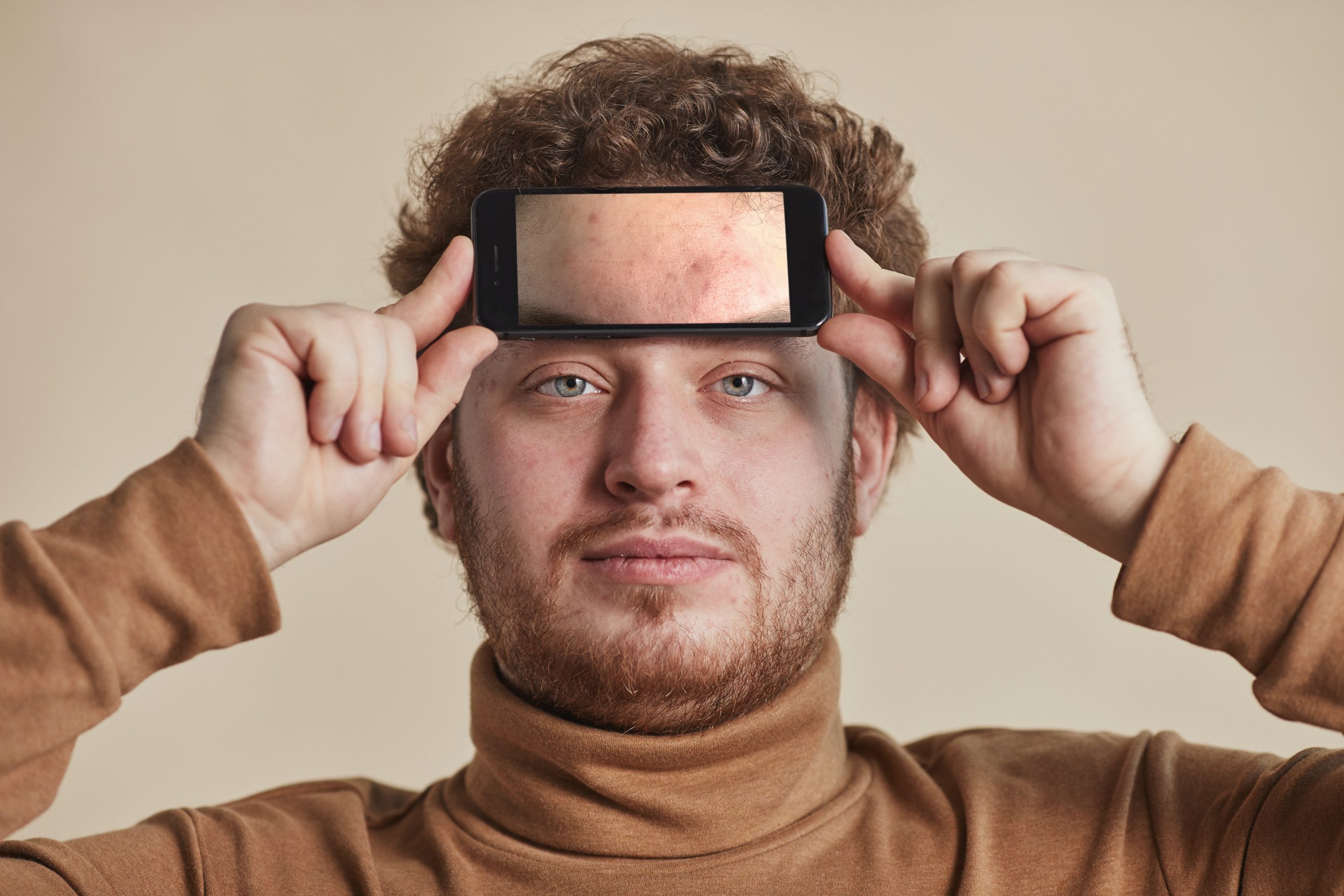
John Davis is a passionate content writer with a knack for crafting engaging narratives across various subjects. With a keen eye for detail and a love for storytelling, John brings ideas to life through the power of words. His dedication to delivering high-quality and informative content has made him a trusted voice in the digital realm. When he’s not at his desk, you’ll find John exploring new hobbies and seeking inspiration in the world around him.





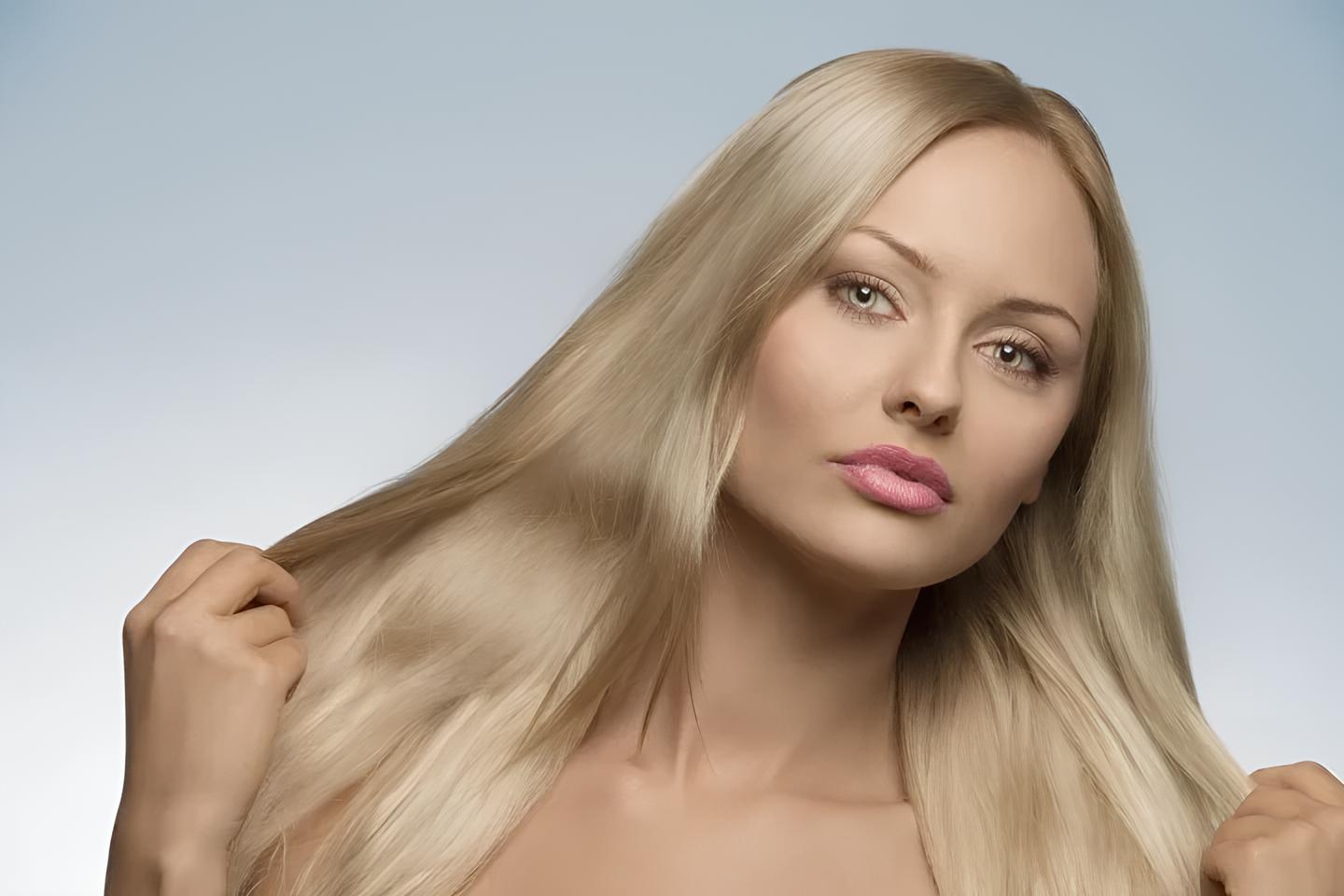
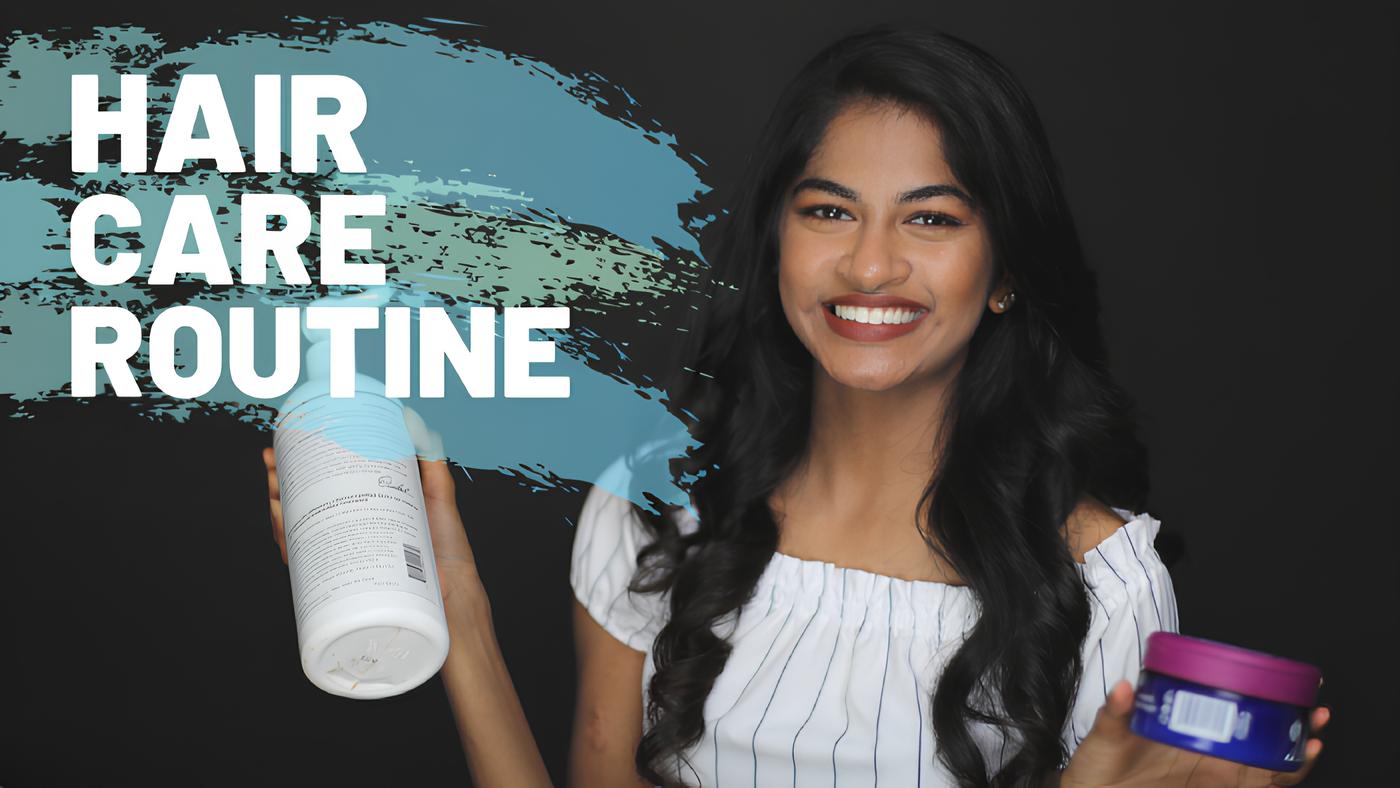
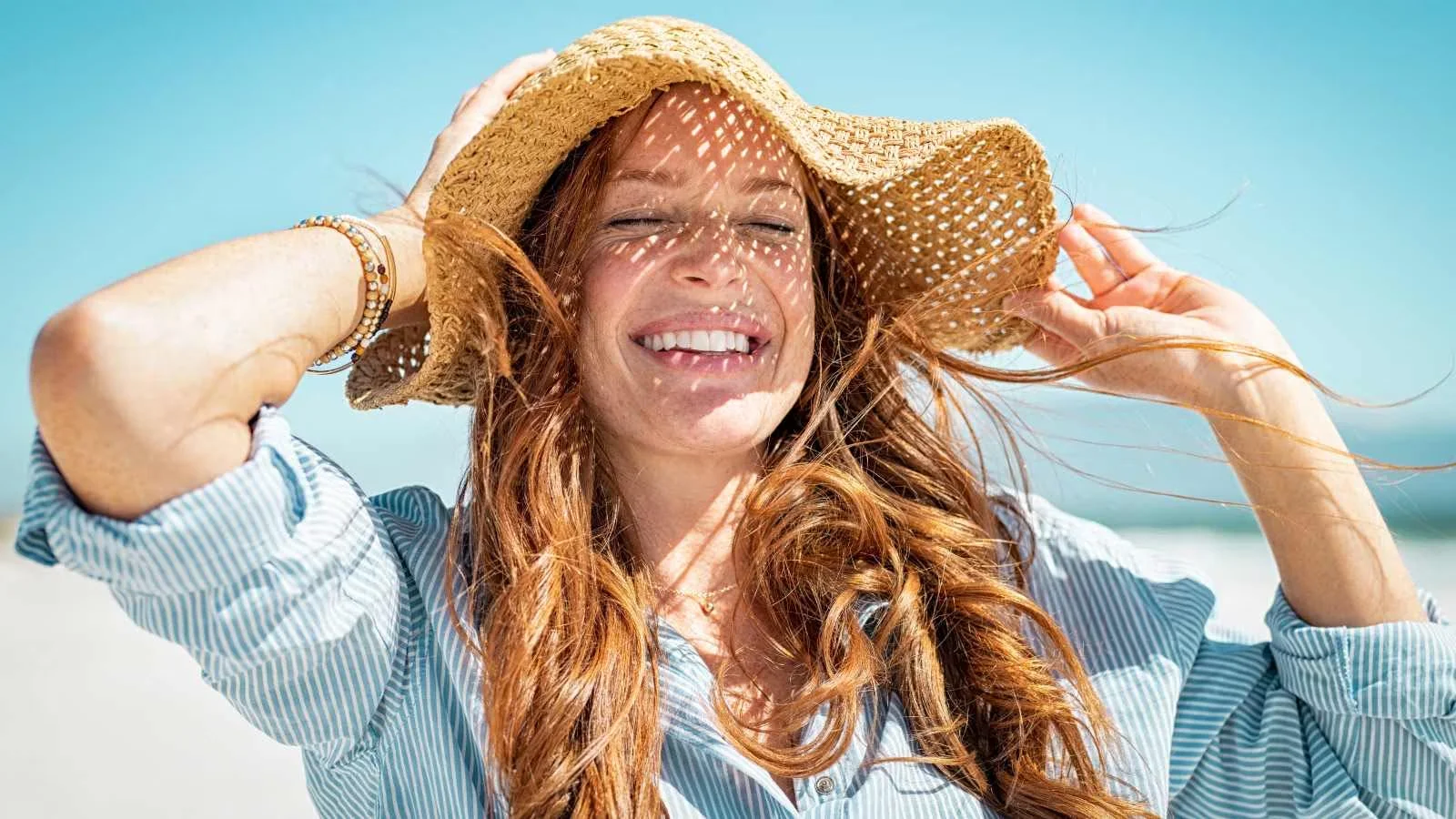

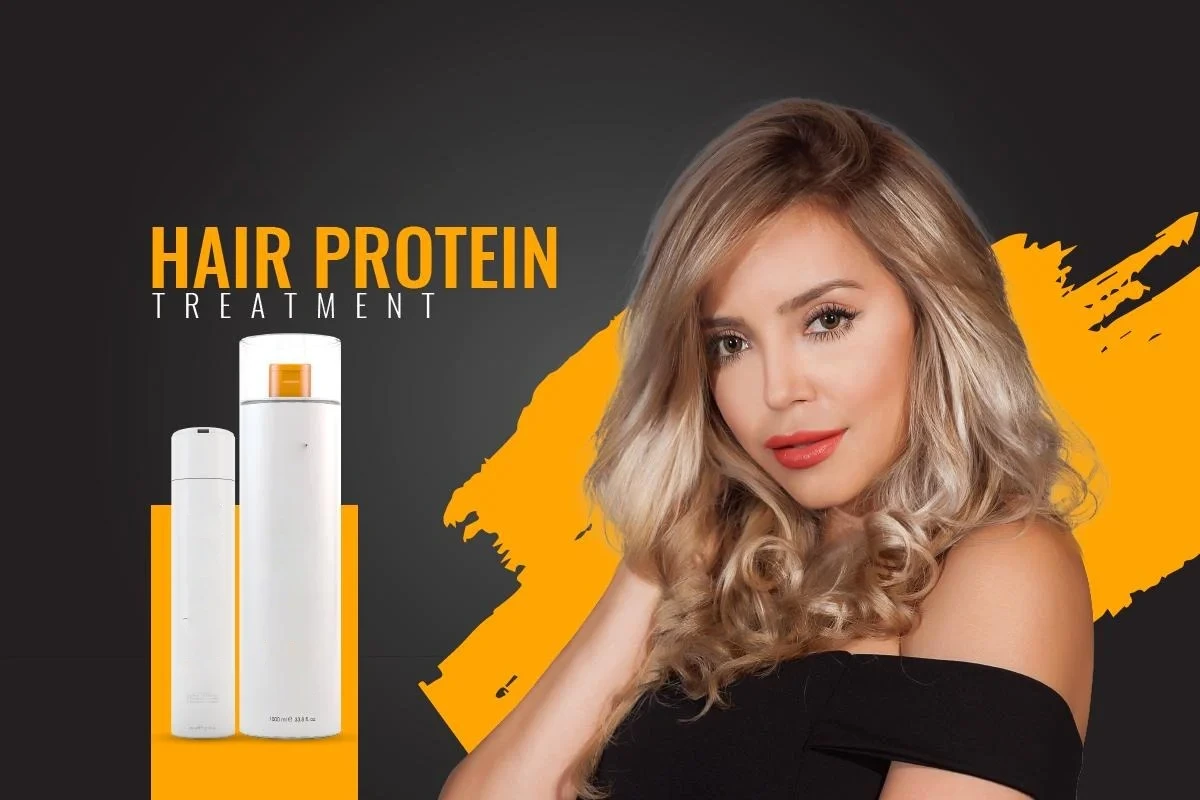
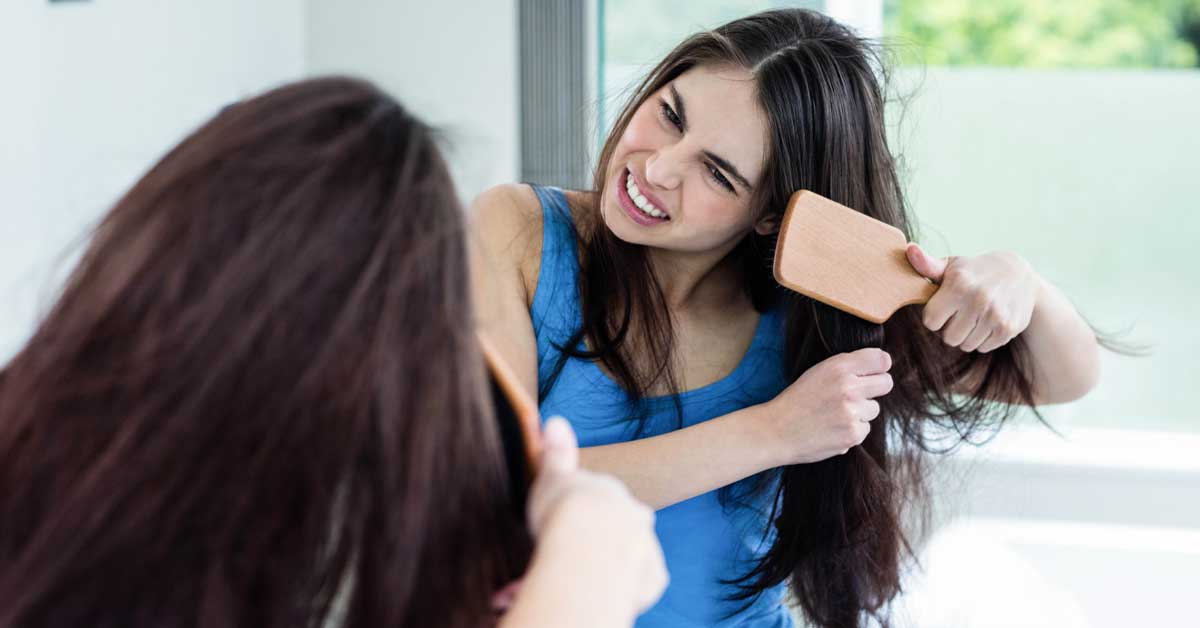
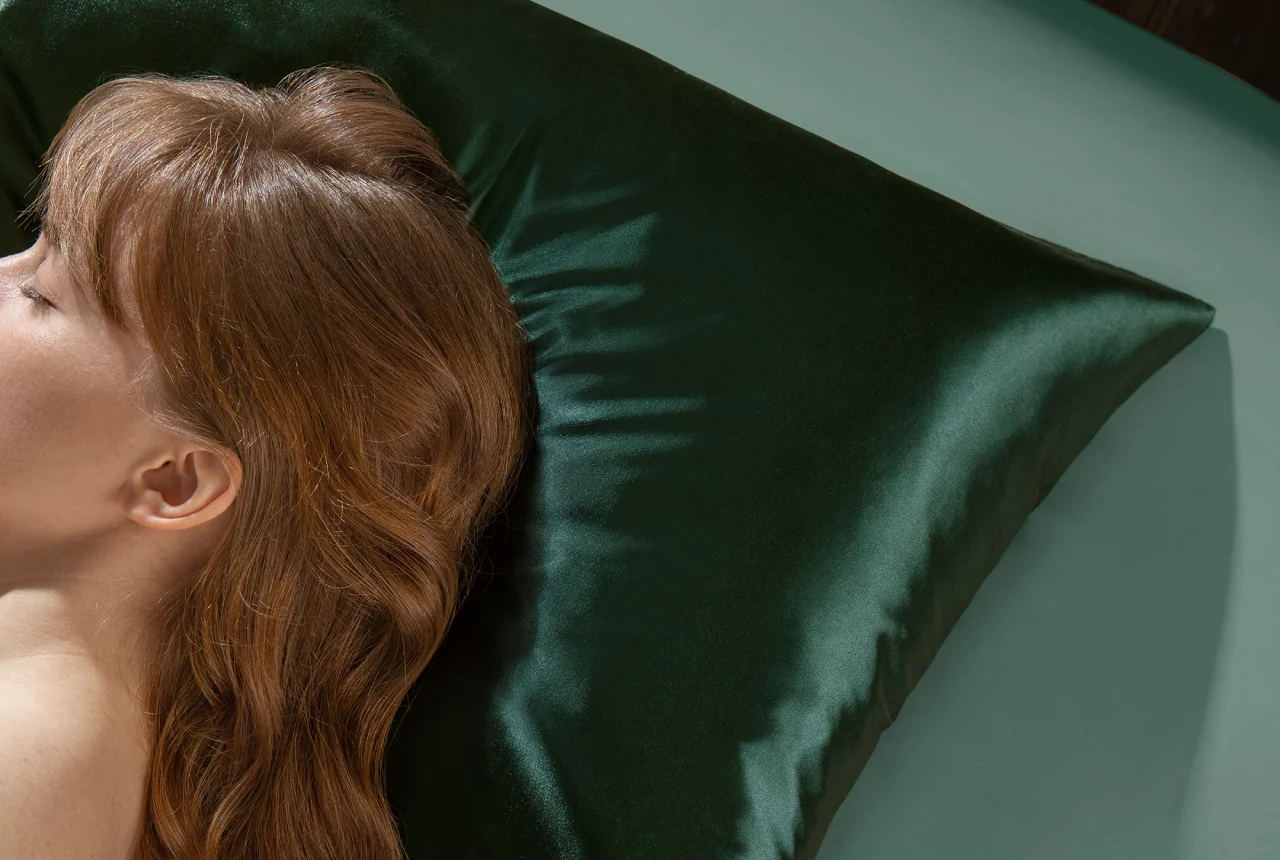
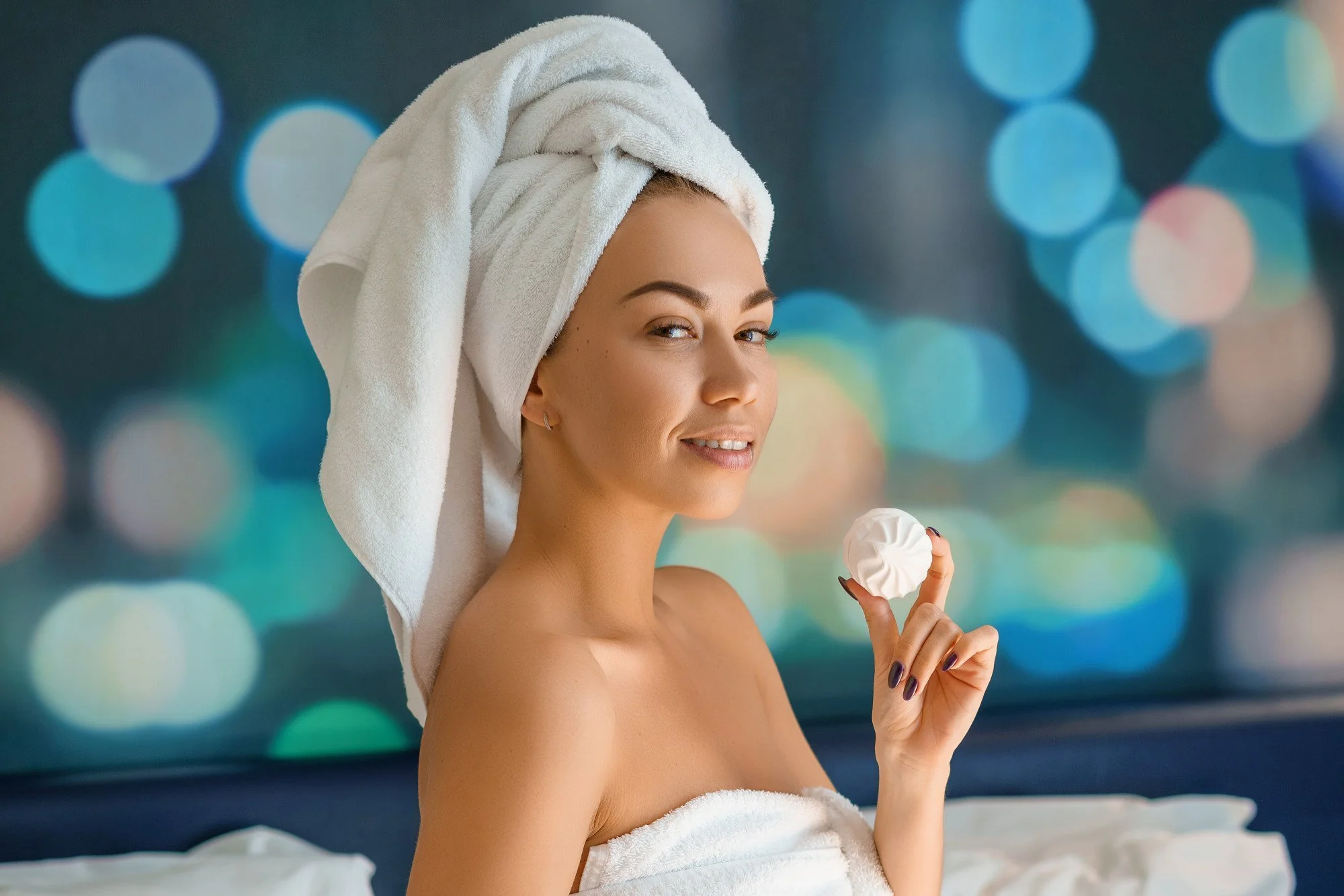

Loading…